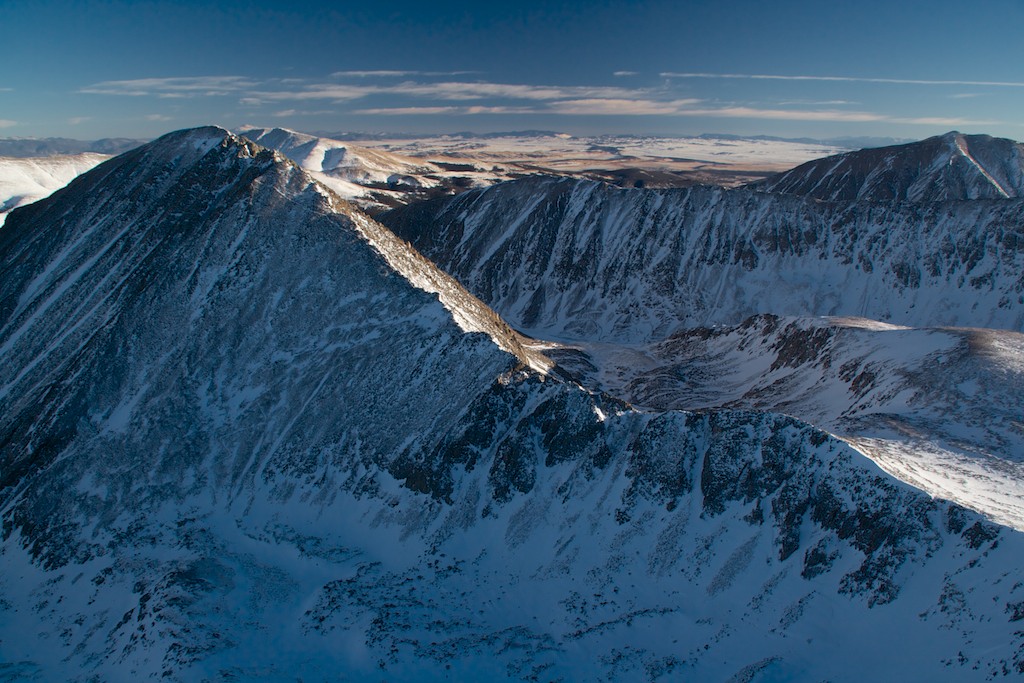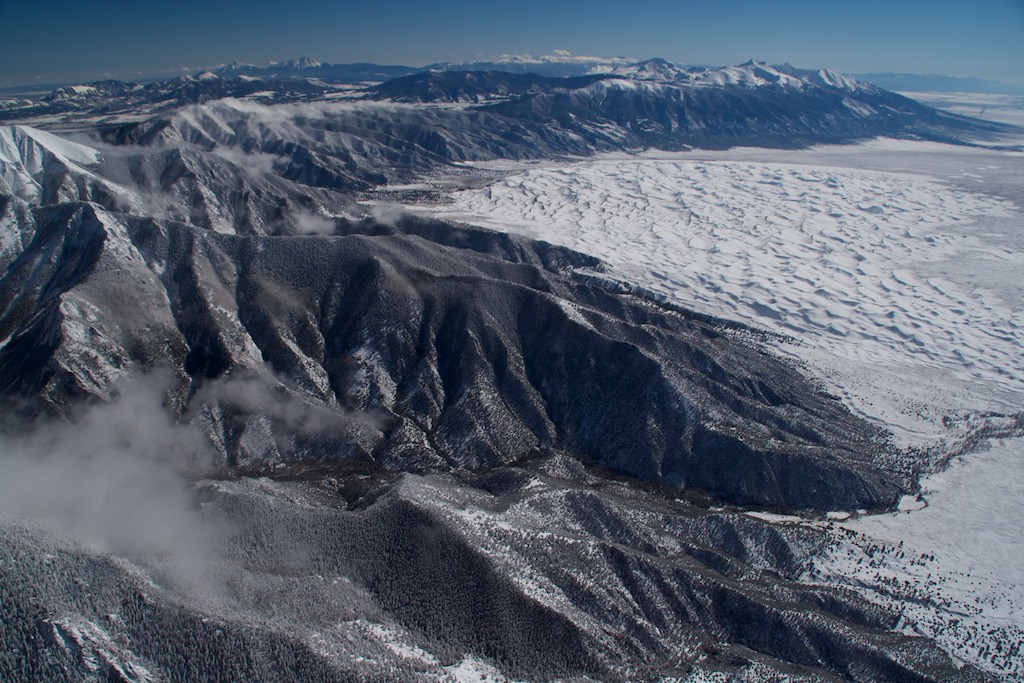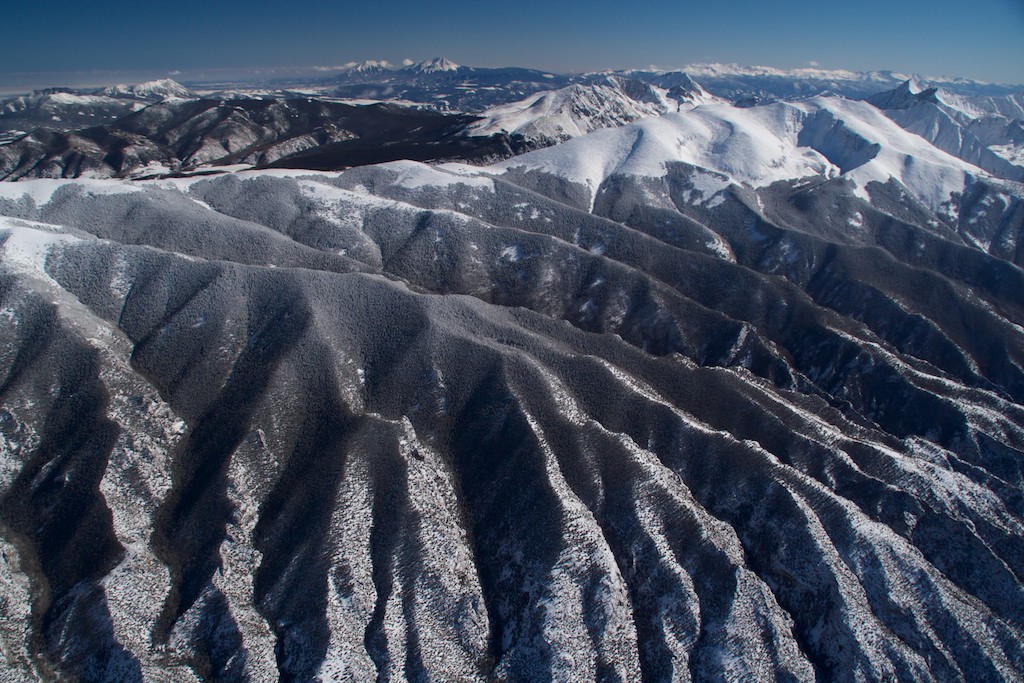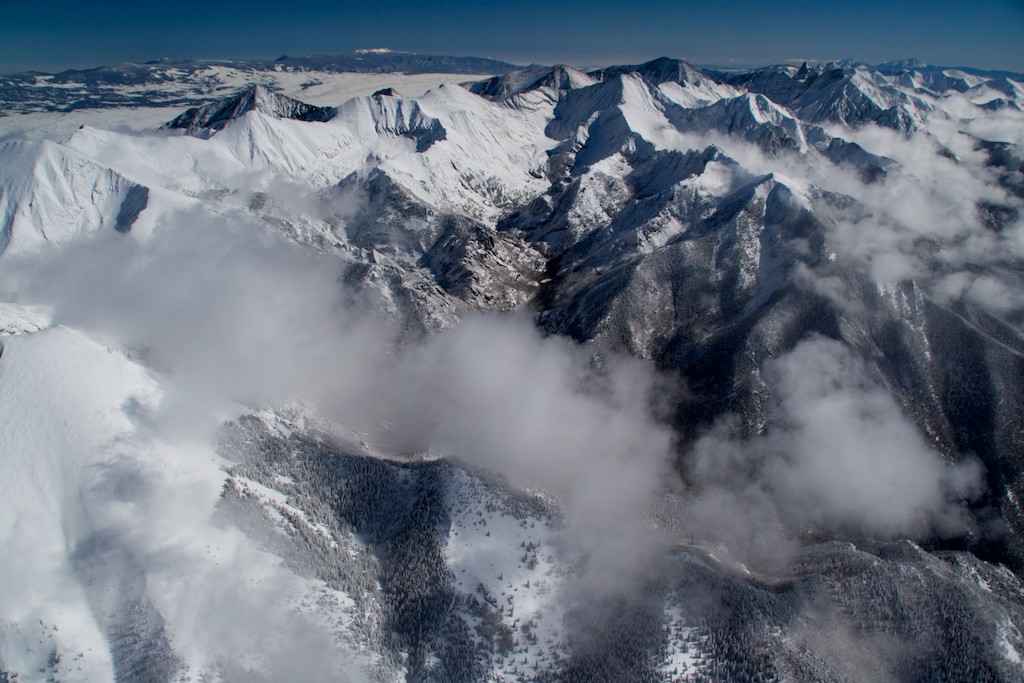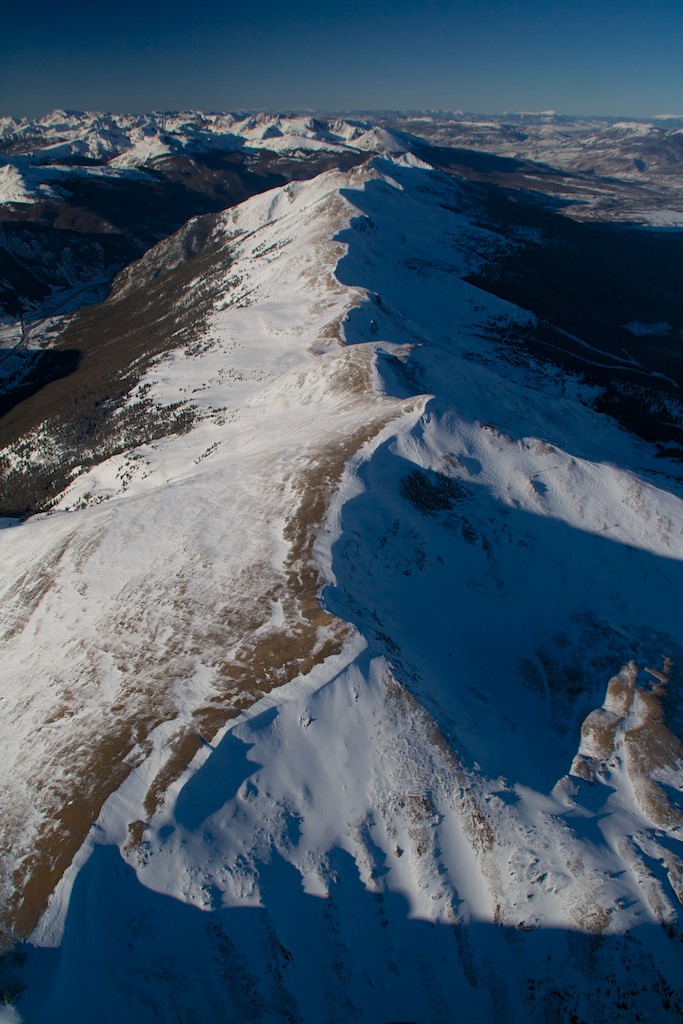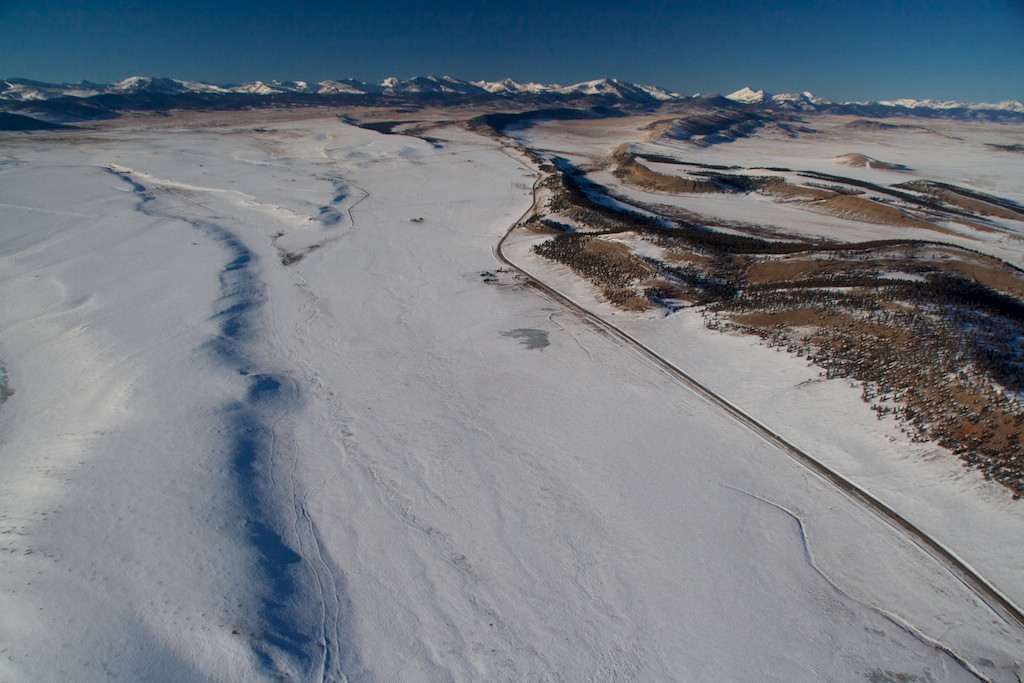A TEDx talk is an interesting proposition. A person has less than 18 minutes to compress their statement into – and it needs to be done verbally. That can be quite a challenge as auditory retention is nominal at best – and a short period of time requires being concise with a mission to simultaneously change the world.
The talk is based on my book, The Human Theory of Everything. I made a decision specifically to avoid reviewing the book. Rather, the book itself is somewhat of a diagnosis of the current human state of affairs and I decided to take that diagnosis, build upon it, and merely begin a roadmap to the possibilities of seeing our economy entirely differently.
One in a series of what I hope to be many, the talk is a beginning of the conversation about changing the world around us. More is to come.


